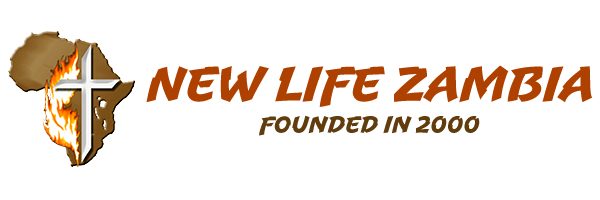About Zambia
Location
Zambia is landlocked in the tropics of southern Africa, distant from both the Atlantic and the Pacific Oceans. It is at the northern edge of the region referred to as ‘Southern Africa’, while sharing many similarities with its neighbors in East and Central Africa.
Size
Zambia is shaped like a giant butterfly, and covers about 752,610km. That is slightly smaller than the UK and France combined, and slightly larger than California plus Nevada. In comparison with its neighbors, it is almost double the size of Zimbabwe, but only two-thirds that of South Africa.
Topography
Most of Zambia is part of the high, undulating plateau that forms the backbone of Africa. The plateau’s altitude is typically 1,000-1,600m above sea level. It is deeply incised by great valleys: the Zambezi, the Kafue, the Luangwa and the Luapula.
There are several large lakes on Zambia’s borders: Tanganyika and Mweru in the north, and the man-made Kariba in the south. Lake Bangweulu, and its swamps and floodplain, dominate a large area of the interior.
Population
Zambia has a population of about twelve and a half million. The vast majority are of black African (Bantu) descent, though there are significant communities whose ancestors came from Europe and India.
The capital, Lusaka, is home to about 10% of the country’s population, whilst the four main towns of the Copperbelt, Kitwe, Ndola, Kabwe and Mufulira, have almost 1.5 million people between them. Thus the rural areas have a generally low density, and the country retains large tracts of wilderness.
Language
English is the official language in Zambia, and most urban Zambians speak it fluently. In the rural areas it is used less, though only in truly remote settlements would there be problems communicating in English.
The main vernacular languages are Bemba, Kaonde, Lozi, Lunda, Luvale, Nyanja and Tonga – though more than 72 different languages and dialects are spoken in the country.
History
Zambia’s first Stone-Age, hunter-gatherer inhabitants were supplanted by Bantu groups from the north, who arrived with their Iron-Age culture in the first few centuries AD. Cecil Rhodes’ powerful British South Africa Company took these groups under British rule in around 1890.
In 1924, the British colonial office took over the territory officially. In 1953 Northern Rhodesia, as Zambia was known, was joined to Nyasaland (Malawi) and Southern Rhodesia (Zimbabwe) to form the Central African Federation – though much administration still relied on the British.
Largely peaceful internal pressure, including the voices of several influential British residents, eventually led to Zambia gaining its independence in 1964, when it joined the Commonwealth.
Natural Resources
Copper is easily the country’s most important natural resource, with cobalt second. Amethyst, fluorite, feldspar, gypsum, lead, zinc, tin and gold also occur in small quantities, as well as a variety of gemstones.
Climate
Zambia’s climate can be split into three periods. From December to April it is hot and wet, with torrential downpours often in the late afternoon. From May to August it is dry, and fairly cool. From September to November it remains dry, but gets progressively hotter. Zambia’s climate is generally moderate; only in the great valleys does it feel oppressively.
Time
Zambia is two hours ahead of Greenwich Mean Time, one hour ahead of Central European Time, seven hours ahead of Eastern USA time and ten hours ahead of Western USA time – other than that – RELAX – there’s no rush in Africa !!!
Currency
The official currency in Zambia is the Kwacha, but the US dollar is the main currency used by all Safari Lodges & Hotels. As a tourist you would be expected to use US $. Banks will exchange English Pound’s, Euros and SA Rand’s for Kwacha which you will require for souvenirs, tips and sundries. Credit cards are accepted in many safari lodges, hotels & shops – but not all so check with us before you travel.
Departure Tax
Departure tax is at airports is US$20 (international) and $5 (domestic), payable in hard currency. Travelers cheques are not acceptable.
Energy
Local current is 220v, 50 cycle AC
List of National Holiday in Zambia when Government Offices are Closed:
- January 1 – New Year’s Day
- March 12 – Youth Day
- April – Good Friday, Holy Saturday, Easter Sunday and Easter Monday
- May 1 – Labour Day
- May 25- Africa Freedom Day (anniversary of the OAU’s Foundation)
- July 2- Heroes Day
- July 3- Unity Day
- August 6 – Farmers Day
- October 24 – Independence Day (National Day)
- December 25 – Christmas Day
Note: December 26 – Boxing Day is no longer a holiday
*Information taken from Zambian Tourism Department
New Life Center in Zambia
We are located in the town of Garneton, just north of the Zambian city of Kitwe.
